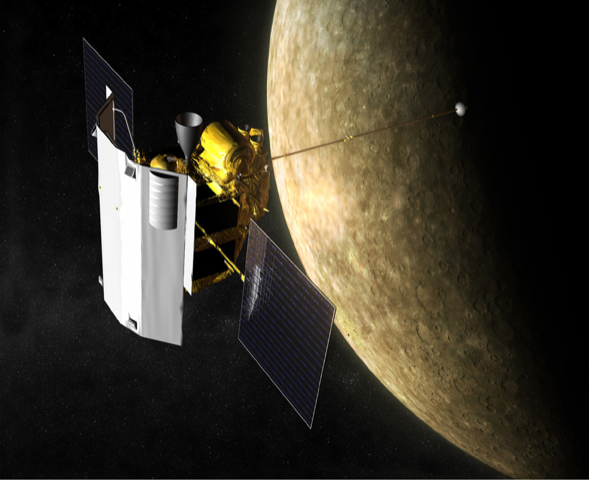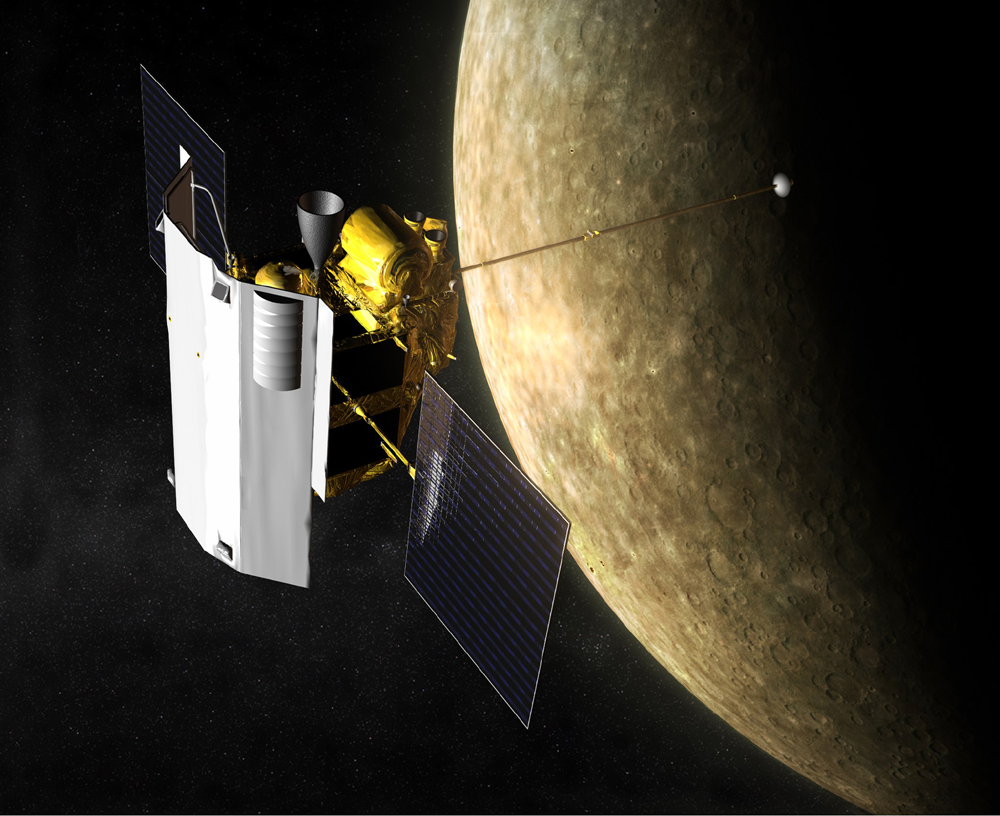Pinning Down a Neutron’s Lifetime
What’s the lifetime of a free neutron? The two techniques used to measure this quantity yield conflicting answers of 880 s and 888 s (see Synopsis: Discrepancy in Neutron Lifetime Still Unresolved). Now Jack Wilson at Johns Hopkins University Applied Physics Laboratory, Maryland, and colleagues demonstrate a third route that, with improved precision, could help break the tie and allow researchers to rule out—or in—new physics.
The two current techniques for neutron lifetime measurements are the “bottle” and “beam” methods. In the bottle experiment, researchers trap neutrons using magnetic fields and then count the number that remain after some time period. The beam experiment determines the lifetime from a neutron beam’s decay products, finding a value 8 s longer than that measured by the bottle technique. This decades-old disagreement likely originates from unaccounted experimental errors, but recent predictions suggest it could also come from dark matter. To decide one way or the other, researchers need an independent measurement of the neutron lifetime, something the new demonstration provides.
The method involves measuring the number of neutrons near to a planet. These neutrons are produced when cosmic rays hit the planet’s atmosphere or surface, and their number decays in a predictable way with altitude. In a proof-of-principle experiment the team analyzed measurements made by NASA’s MESSENGER spacecraft as it passed by Mercury and Venus, finding a lifetime of 780 60 s. While this value has a large uncertainty, Wilson notes that the measurements were made for other purposes and says it should be possible to make significantly more precise measurements with future dedicated missions.
This research is published in Physical Review Research.
–Katherine Wright
Katherine Wright is a Senior Editor for Physics.
Correction (11 June 2020): The story has been updated to correct the affiliation of Jack Wilson, which is Johns Hopkins University Applied Physics Laboratory, not Johns Hopkins University as previously stated.





